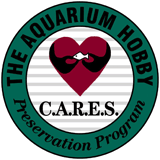Breeding Critically Endangered Rainbowfish - Melanotaenia ajamaruensis
BAP Report
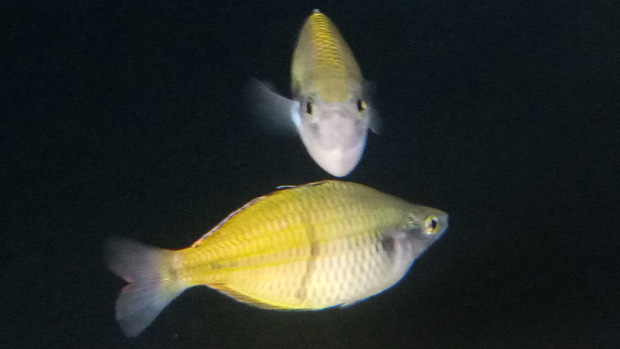
Published 20220222
The Melanotaenia ajamaruensis or the "Ajamaru Rainbowfish" (pronounced eye-ya-mar-oo) is native to the area around Ajamaru Lakes in the Bird's Head (Vogelkop) Peninsula. The first specimens were found by Marinus Boesman on March 4 - 6, 1955 during his October 1954 - May 1955 collecting expedition in which he visited Lake Sentani, Tami River, Biak Island, Lake Jamoer, Wissel Lakes, Ajamaru Lakes, Lake Ajtinjo, Merauke and the Digul River, among other locations.
M. ajamaruensis is easily confused with the M. boesemani due to the fact that their colors are extremely similar, with bi-color bodies highlighted in golden yellows and bold blues, but the Ajamaru can exhibit a dark purple, almost black face when displayed with ruby red fin tips and striking vertical markings. Physically, the Ajamaru Rainbowfish does have some features that enable those who know what to look for to differentiate it from the Boesemani, specifically the number of dorsal rays.
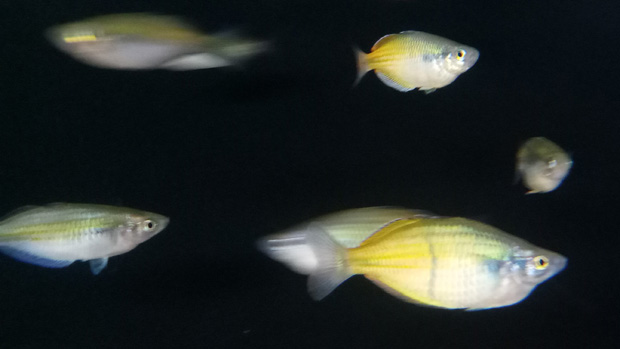
Melanotaenia ajamaruensis.
The species was described in 1980 by Gerald Allen and Norbert Cross, using the preserved specimen Boesman collected in 1955, as "a species of Melanotaenia with the following combination of characters: dorsal rays IV to VI, 15 to 19; anal rays I, 21 to 27; pectoral rays 13 to 15; horizontal scale rows 7 or 8; vertical scale rows 34 to 37; predorsal scales 13 to 16 preopercle scales 9 to 16."
In the 1980's, Gerald Allen and Heiko Bleher went to the Vogelkop Peninsula hoping to collect live M. boesemani and M. ajamaruensis but were only able to find the former. The Ajamaru Rainbowfish was thought to be extinct for almost 30 years until a team led by Dr. Kadarusman found them in the upper reaches of the Sungai Kaliwensi, near the Sorong village.
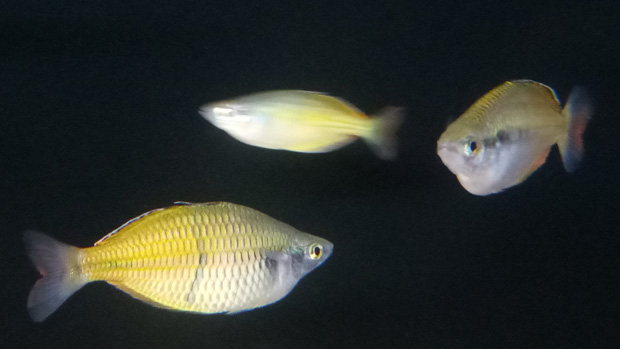
Melanotaenia ajamaruensis.
In October of 2013, Hans-Georg Evers and Jeffrey Christian went on a trip to New Guinea in order to collect the evasive M. ajamaruensis for the hobby. They traveled to Sorong, where they found their target in the Sungai Soum and other rivers in the area. The habitat size has decreased considerably, and researchers are concerned for the future of the fish, but Evers and Christian were able to bring back a number of specimens to breed and distribute.
The fish that we have bred are descendants of the fish that Jeffrey Christian collected. They were acquired from Marcel Wuethrich, an expert on Rhadinocentrus ornatus and rainbowfish importer, in the spring of 2021. We had been looking for this particular species for some time, as the authors have an interesting personal connection with the region and the species, as they share the name "Amaru," a synchronistic discovery that initiated our passion for rainbowfish and the lands where they originate.
We bred them by keeping our group in a 50-gallon tank with a temperature range of 76-79 F. We provided a spawning mop, performed 75% water changes once a week, and fed the fish a varied diet that included high quality live, frozen, flake, and pellet foods.
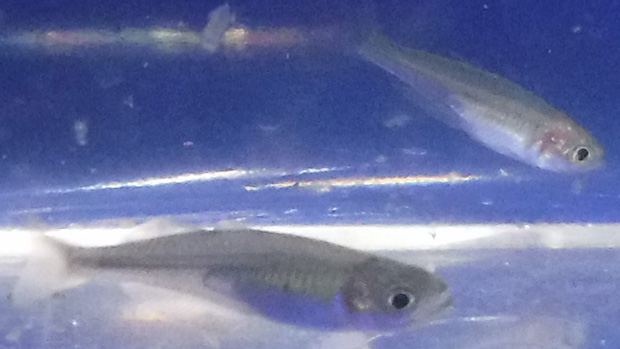
Melanotaenia ajamaruensis fry.
Once we found eggs, we put the mop in a small tub with warm water, methylene blue, and an airline. As soon as we found fry, we started feeding small food, 5-50 microns, for ten days. We then moved them into a ten-gallon tank and began offering larger foods, including live baby brine shrimp. Similar to Boesemani, the fry are minuscule at birth, and the growth rate is incredibly slow, but the results are worth the wait. Fry tanks and containers should be maintained regularly, as freshwater is important for healthy growth.
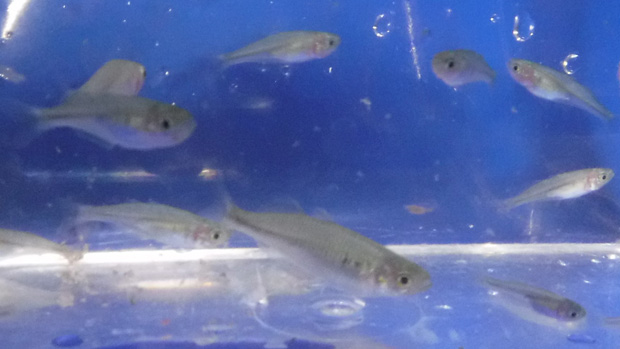
Melanotaenia ajamaruensis fry.
Threatened by habitat destruction and invasive species, the Ajamaru Rainbowfish is classified as critically endangered by the IUCN. These fascinating creatures need enthusiasts like the members of this society to help breed a large enough population so that no matter what happens, these beautiful fish may survive. We will always maintain this species in our fish room, and we greatly appreciate all those that are keeping rainbows and/or considering playing a part in conservation efforts.

